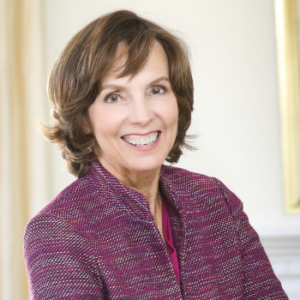A Big Win for Retirement Savers at the NAIC

Today marks a big step toward making sure that consumers nationwide receive strong, harmonized protections when they receive financial guidance. The National Association of Insurance Commissioners (NAIC)—made up of each state’s head insurance regulator—virtually unanimously adopted a model regulation that puts consumers’ interests first.
The NAIC’s Suitability in Annuity Transactions Model Regulation makes sure that consumers receive better information, in plain English, to help them make informed decisions, while preserving access to valuable financial services. And it brings the regulation in closer alignment with the SEC’s Regulation Best Interest.
Now, the American Council of Life Insurers and our allies will encourage state regulators and legislatures to adopt the NAIC model with the goal of creating a harmonized national standard of care. A dozen states or more could do so in 2020.
Making the NAIC model the law of the land in the states is critical. The more states that enact a harmonized standard of care, the better off consumers will be. All without disenfranchising middle and working class families who want access to sound, transparent financial guidance that doesn’t impose mandatory minimums that are way beyond their budget.
Given the nearly unanimous vote today of our nation’s state insurance regulators, a strong bipartisan majority of state leaders have chosen a framework to protect consumers’ best interests and their access to critical financial security services at the same time. It’s time to roll up our sleeves and cement a strong, harmonized standard of care for consumers in place.





